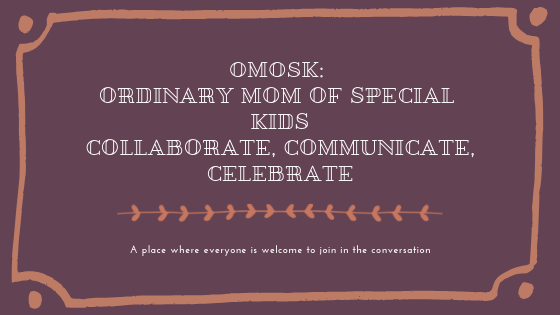Should They Stay or Should They Go? The Burning Question: Which Model of Schooling Is Right for Your Child?

“Should I stay or should I go now?
Should I stay or should I go now?
If I go, there will be trouble
And if I stay it will be double
So come on and let me know” – “Should I Stay or Should I Go?” -The Clash
One of my all time favorite songs from The Clash. Whenever I need to make an important decision, the lyrics to this song come to mind. Tick-tock, the minutes become hours, the hours become days, the days become weeks and before you know it, the start of a new school year is upon us all. As parents and caregivers, many of us must make the important decision regarding whether or not to send our child (children) to an in-person hybrid version of instruction or have them work remotely from home. Since March and the initial COVID lock-down there have been many adjustments made to the options regarding virtual learning. Students now have the option of working remotely from home where they will digitally log into a particular class so that they can learn synchronously via videoconferencing at a previously specified time. Students that opt for the in-person model, will have four hours of instruction two-days per week as part of one of two cohorts. On the alternate days all students will work asynchronously remotely from their homes. Many districts are providing free internet access as well as Chrome books for student use.
Due to my daughter’s autoimmune condition and the threat that COVID presents to her compromised immunity the option for my daughter Olivia is inherently clear- the all virtual learning model. However, for my son Evan, who his on the Autism spectrum, has ADHD, a sensory tic disorder and cerebral palsy, the decision is not so straight forward. Evan is very lonely and doesn’t have access to the support of a friend group- actually he doesn’t even have one single friend to whom he can reach out to or spend any time together either in person or virtually. This is heart-breaking and offers a painful reminder that for some special needs students attending school is their only form of socializing and access to more typical peers. Evan receives occupational, physical, speech therapy and also social skills therapy several times per week at school which provides him with weekly contact and a form of socialization. While the virtual sessions offered him some support, there is very little replacement for the one-to-one time spent with a therapist and in-person conversation. Many students actually need access to on-going contact with others for their social and emotional well-being and further development. The social and emotional tenor of a child is equally important as other aspects of their ability to remain present and available for learning and potential growth.
To add to the challenge regarding the decision, parents and caregivers must consider that the in-person model will not be the traditional approach that their children are accustomed to receiving. Teachers, administrators, therapists and all staff members must strictly adhere to the stringent restrictions required to maintain proper social distancing. This includes wearing proper PPE, ( which includes a face mask and even possibly a shield) everyone is must remain six feet apart from one another and limiting the number of people in a given location. This makes all aspects of a classroom setting very foreign and perhaps even a little unsettling for some special needs students. As a result, exposure to this alternate setting could incite fear and promote a sense anxiety, which would conversely mute any of the benefits possibly gained from an in-person model of learning. Additionally, if a teacher becomes exposed to the virus, he or she will need to quarantine for fourteen days, which will result in a substitute teacher taking over their responsibilities. This too, could contribute to another challenge for a special needs child.
For special needs students a change in setting, approach and model may be very challenging. However, remote learning could create a sense of isolation and a sense of feeling lonely- even depressed. While for other special needs children, having a break from the challenges that in-person schooling presents is a huge relief.
What is the right answer? Is there such a thing? Not sure myself, even as veteran educator about to embark on her 28th year of teaching. I do know that when we were learning remotely this past spring, I forced myself to go outdoors and exercise. Whether it was the sunshine, the air, the burgeoning signs of life due to spring, or time away from a computer, the experience was very cathartic for us all.
Perhaps the only thing that I am truly certain of is that the decision is personal, every parent and caregiver should do what is right for them and their family, and as with all the difficult choices we have to make, keep our special needs child at the center of it.
Best of health and decision making to you all.
-Kristen
